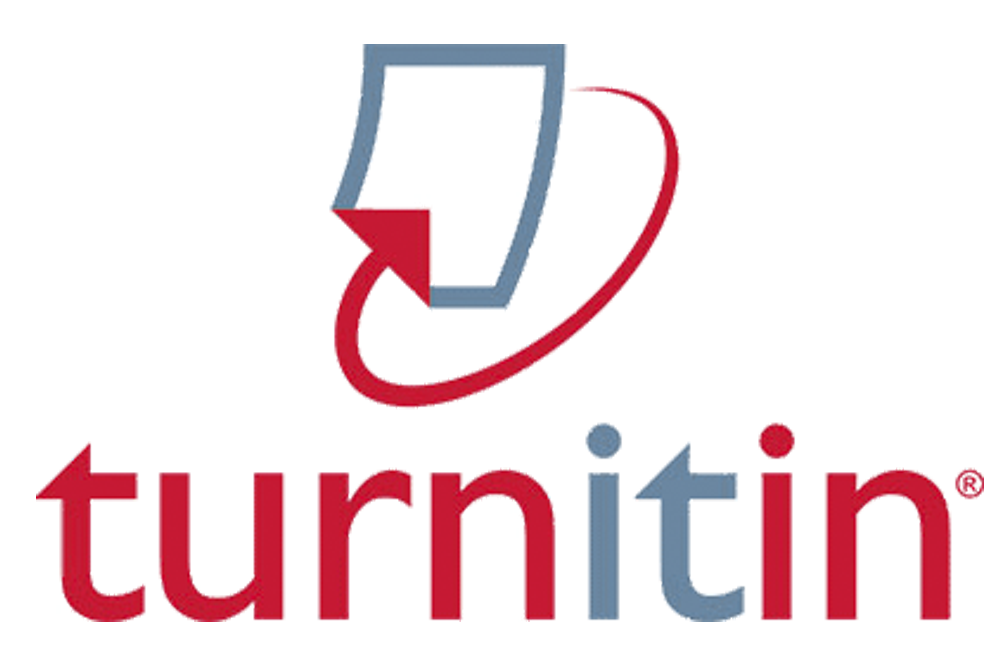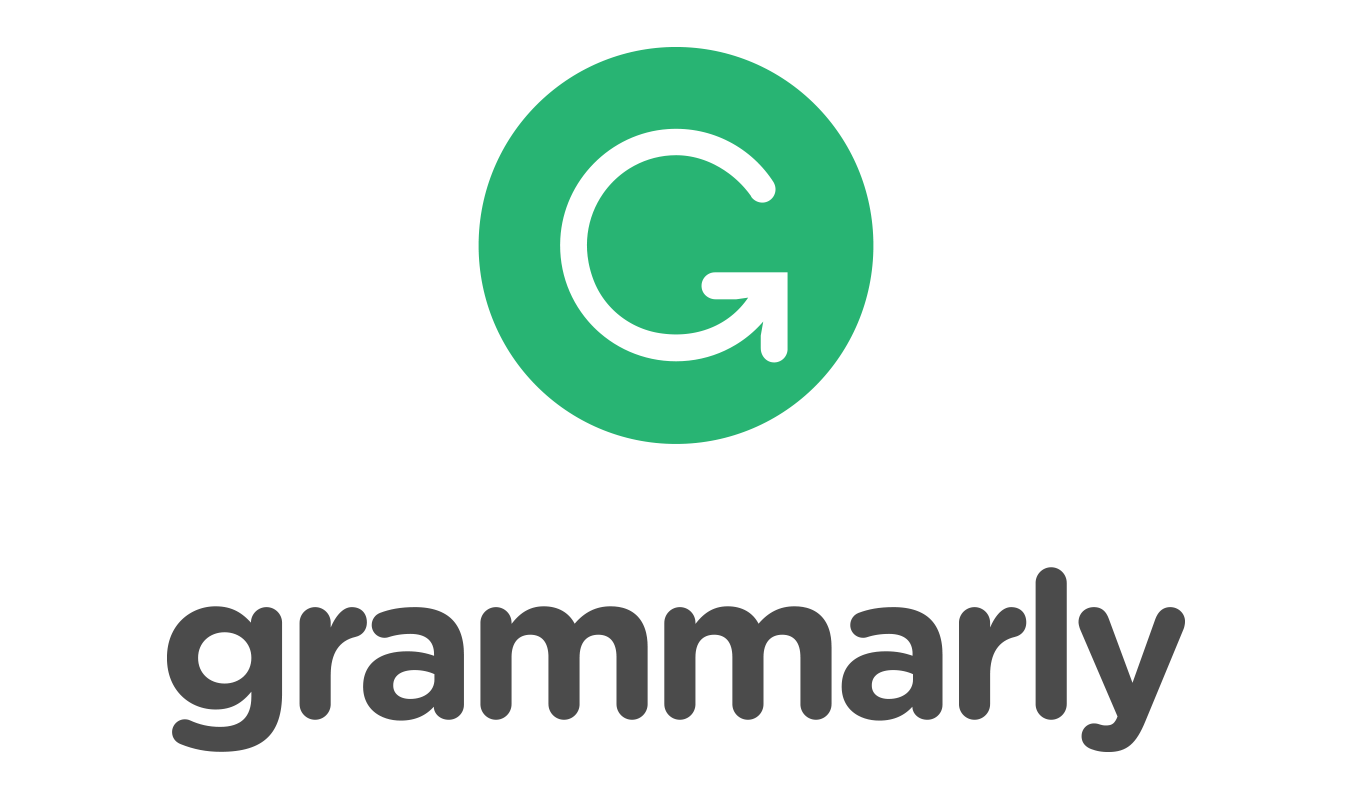Study of the Digital Geological Compass in Increasing the Effectiveness and Efficiency of Measuring Geological Structure Data in the Field
DOI:
https://doi.org/10.70561/geocelebes.v8i2.36276Keywords:
digital geological compass, RockD, Rocklogger, SmartphoneAbstract
This study compares the use of analog geological compasses and digital geological compasses in measuring fracture planes on crystalline rocks at the Lampung region. The measurement results demonstrate that using digital compasses yields higher time efficiency than analog compasses, with a reduction in measurement duration of over 50%. Although the dominant directions of the fracture planes were similar between the two methods, the inclination values and accuracies of each plane were not always consistent. Data processing using rose diagrams and stereonets indicates that the RockD application provides comparable results to measurements obtained using analog compasses. Therefore, the use of digital compass applications such as RockD can serve as an efficient alternative for geologists in collecting field data related to rock fractures, particularly in the context of quantitative data. However, analog geological compass is still recommended for measuring planes with on single-plane characteristics, such as rock bedding and fault mirrors. This study demonstrates the potential for development and transformation from analog geological compasses to digital geological compasses, and further research is needed to investigate the minimum number of fractures that can be measured with a digital geological compass to be considered statistically valid.
References
Allmendinger, R. W., Siron, C. R., & Scott, C. P. (2017). Structural data collection with mobile devices: Accuracy, redundancy, and best practices. Journal of Structural Geology, 102, 98–112. https://doi.org/10.1016/j.jsg.2017.07.011
Amin, T. C., Sidarto, Santosa, S., & Gunawan, W. (1993). Peta Geologi Lembar Kota Agung, Sumatera (N. Ratman (ed.)). Geological Research and Development Centre. https://geologi.esdm.go.id/geomap/pages/preview/peta-geologi-lembar-kotaagung-sumatera
Assali, P., Grussenmeyer, P., Villemin, T., Pollet, N., & Viguier, F. (2014). Surveying and modeling of rock discontinuities by terrestrial laser scanning and photogrammetry: Semi-automatic approaches for linear outcrop inspection. Journal of Structural Geology, 66, 102–114. https://doi.org/10.1016/j.jsg.2014.05.014
Hendrawan, R. N., Widiatama, A. J., Irsyad, M., Zainuddin, A. D., Gunawan, A., Sanjaya, I., Nahar, R. N. F. A., Natalia, H. C., & Ogara, E. R. (2024). Geological Structure Analysis Approach to Control the Distribution of Manganese in Gunungkasih Area, Tanggamus Regency, Lampung Province. IOP Conference Series: Earth and Environmental Science, 1378(012009), 1–7. https://doi.org/10.1088/1755-1315/1378/1/012009
Ibrahim, A. K., & Musa, A. I. (2020). Mapping geology and structural features of Kazaure SE, NW Nigeria: Justifying groundwater potential model. Zbornik Radova Departmana Za Geografiju, Turizam i Hotelijerstvo, 49(1), 1–21. https://doi.org/10.5937/ZbDght2001001K
Jaud, M., Geoffroy, L., Chauvet, F., Durand, E., & Civet, F. (2022). Potential of a virtual reality environment based on very-high-resolution satellite imagery for structural geology measurements of lava flows. Journal of Structural Geology, 158(104569). https://doi.org/10.1016/j.jsg.2022.104569
Koesmawardani, W. T., Sapiie, B., & Rudyawan, A. (2021). Fracture characterization with fieldwork data and its implication for basement fracture reservoir at Muaro Silokek Granitic Outcrops. IOP Conference Series: Materials Science and Engineering, 1098(6), 1–7. https://doi.org/10.1088/1757-899x/1098/6/062019
Kong, D., Wu, F., & Saroglou, C. (2020). Automatic identification and characterization of discontinuities in rock masses from 3D point clouds. Engineering Geology, 265(105442). https://doi.org/10.1016/j.enggeo.2019.105442
Lee, S., Suh, J., & Choi, Y. (2018). Review of smartphone applications for geoscience: current status, limitations, and future perspectives. Earth Science Informatics, 11, 463–486. https://doi.org/10.1007/s12145-018-0343-9
Li, X., Chen, Z., Chen, J., & Zhu, H. (2019). Automatic characterization of rock mass discontinuities using 3D point clouds. Engineering Geology, 259, 105131. https://doi.org/10.1016/j.enggeo.2019.05.008
Liu, Y., Chen, J., Tan, C., Zhan, J., Song, S., Xu, W., Yan, J., Zhang, Y., Zhao, M., & Wang, Q. (2022). Intelligent scanning for optimal rock discontinuity sets considering multiple parameters based on manifold learning combined with UAV photogrammetry. Engineering Geology, 309, 106851. https://doi.org/10.1016/j.enggeo.2022.106851
Novakova, L., & Pavlis, T. L. (2017). Assessment of the precision of smart phones and tablets for measurement of planar orientations: A case study. Journal of Structural Geology, 97, 93–103. https://doi.org/10.1016/j.jsg.2017.02.015
Novakova, L., & Pavlis, T. L. (2019). Modern methods in structural geology of twenty-first century: Digital mapping and digital devices for the field geology. In S. Mukherjee (Ed.), Teaching Methodologies in Structural Geology and Tectonics (pp. 43–54). Springer. https://doi.org/10.1007/978-981-13-2781-0_3
Samsung. (n.d.). User manual Samsung Galaxy A50. Retrieved May 25, 2023, from https://ss7.vzw.com/is/content/VerizonWireless/Catalog Assets/Devices/Samsung/samsung-galaxy-a50/samsung-galaxy-a50-ug.pdf
Senger, K., Betlem, P., Grundvåg, S. A., Horota, R. K., Buckley, S. J., Smyrak-Sikora, A., Jochmann, M. M., Birchall, T., Janocha, J., Ogata, K., Kuckero, L., Johannessen, R. M., Lecomte, I., Cohen, S. M., & Olaussen, S. (2021). Teaching with digital geology in the high Arctic: opportunities and challenges. Geoscience Community, 4, 399–420. https://doi.org/10.5194/gc-4-399-2021
Singh, S. K., Raval, S., & Banerjee, B. P. (2021). Automated structural discontinuity mapping in a rock face occluded by vegetation using mobile laser scanning. Engineering Geology, 285, 106040. https://doi.org/10.1016/j.enggeo.2021.106040
Vöge, M., Lato, M. J., & Diederichs, M. S. (2013). Automated rockmass discontinuity mapping from 3-dimensional surface data. Engineering Geology, 164, 155–162. https://doi.org/10.1016/j.enggeo.2013.07.008
Watkins, H., Bond, C. E., Healy, D., & Butler, R. W. H. (2015). Appraisal of fracture sampling methods and a new workflow to characterise heterogeneous fracture networks at outcrop. Journal of Structural Geology, 72, 67–82. https://doi.org/10.1016/j.jsg.2015.02.001
Whitmeyer, S. J., & De Paor, D. G. (2014). Crowdsourcing digital maps using citizen geologists. Eos, Transactions American Geophysical Union, 95, 397–399. https://doi.org/10.1002/2014EO440001
Whitmeyer, S. J., Pyle, E. J., Pavlis, T. L., Swanger, W., & Roberts, L. (2019). Modern approaches to field data collection and mapping: Digital methods, crowdsourcing, and the future of statistical analyses. Journal of Structural Geology, 125, 29–40. https://doi.org/10.1016/j.jsg.2018.06.023
Wong, D., Chan, K., & Millis, S. (2019). Digital Mapping of Discontinuities. The 39th HKIE Geotechnical Division Annual Seminar, pp.1–12. https://www.researchgate.net/profile/Stuart-Millis/publication/332413308_Digital_Mapping_of_Discontinuities/links/5cb41110299bf12097665a9f/Digital-Mapping-of-Discontinuities.pdf
Zewdie, M. M., & Asmare, D. (2023). Investigation and mapping of geological construction materials in parts of chemoga river sub basin, debre markos, Ethiopia. Heliyon, 9(3), e13784. https://doi.org/10.1016/j.heliyon.2023.e13784
Downloads
Published
How to Cite
Issue
Section
License
Copyright (c) 2024 JURNAL GEOCELEBES

This work is licensed under a Creative Commons Attribution-NonCommercial-ShareAlike 4.0 International License.
Authors who publish with this journal agree to the following terms:
- Authors retain copyright and grant the journal right of first publication with the work simultaneously licensed under a Creative Commons Attribution License that allows others to share the work with an acknowledgement of the work's authorship and initial publication in this journal.
- Authors are able to enter into separate, additional contractual arrangements for the non-exclusive distribution of the journal's published version of the work (e.g., post it to an institutional repository or publish it in a book), with an acknowledgement of its initial publication in this journal.
- Authors are permitted and encouraged to post their work online (e.g., in institutional repositories or on their website) prior to and during the submission process, as it can lead to productive exchanges, as well as earlier and greater citation of published work (See The Effect of Open Access).





